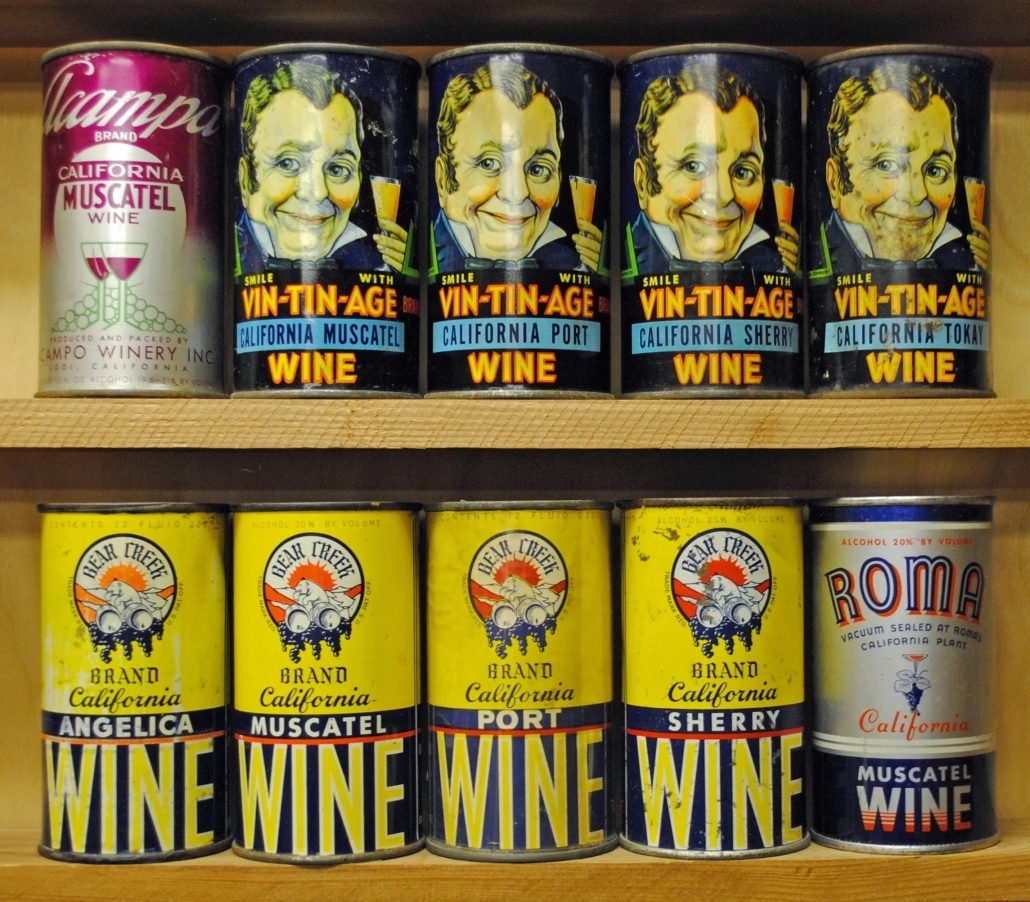Debunking the myth
The Berlin Wein Trophy is a wonderful gathering of wine connoisseurs and experts from around the world. One of them is Dennis Doorakkers from the Netherlands. Besides being “The Famous Dutch Wine Guy” and an international recognized wine expert and judge, Dennis is also known as ”The wine can guy” When we met in Berlin, he generously shared his time and knowledge and introduced me to the world of canned wine.
Yes, I admit, my prejudices about this packaging model are many. But Dennis managed to debunk almost all of them. For example, did you know that the first canned wine was produced and sold as early as in 1935! So, we are not talking about a new, modern Millenia product.
The market
At the same time, speaking of generations, Millenias are both the target group and the driving force behind canned wine. Health trends mean that people don’t want to drink a whole bottle, but maybe just a glass or two. So, a can of wine is just the right size. The packaging also makes it easy to transport, you can take it anywhere, even where glass may not be appropriate or even forbidden. Canned wine is perfect for a trip to the beach or a picnic in the park. Instead of a few cans of beer, pack a few cans of wine instead. Aluminum cans are also lighter than glass bottles, making them cheaper and more environmentally friendly to transport. The market for canned wine is large and growing steadily. Over the past four years, sales have increased by a staggering 400%. In 2022, the market value of canned wine was reached a staggering USD 1.1 trillion.
The wine
But is it only simple, bubbly rosé, easy drinkable and without higher quality that is sold in cans? A summer drink without any personality or class. (Yes, that was one of my many prejudices before I spoke to Dennis.)
Far from it!
Yes, there are a lot of “easy drinking” more or less sparkling wines sold on cans. But it´s far from the whole picture. As is the case also with wine in traditional glass bottles, you can find both simple, as well as prestigious quality canned wines. Such as for example a Cabernet Sauvignon from Oakville for $65 per can.
But what about the taste?
The big question is: Can wine from a can really taste good? Or will everything have a slight metallic aftertaste?
The answer is that since aluminum cans have a protective film on the inside, there is no difference in taste between a wine served from a glass bottle or a can. In a blind test you will not be able to tell the difference.
Some winemakers have embraced the trend and offer the exact same wine in a both traditional glass bottle, portion sized cans or in bag-in-box. (The last one is also that in some circles a controversial packaging) The different packaging sizes are a service to us as customers as we can easily choose what is best for the moment. Whether we are going on a picnic, meeting for dinner or organizing a large party.
The prejudices
Much of the resistance against canned wines lies in the general perception and tradition that a good wine must come from a glass bottle, preferably dusty, sealed with a natural cork. Only then it can be considered a “good wine” Something we know is not entirely true. Slowly but surely, the wine world has for example got used to the fact that the seal, natural or screw cap, is in no way an indication of the quality level of the contents.
Probably in the future we will look at canned wine in the same way. Not as an indication that the wine is simple and cheap, but as a convenient, environmentally friendly, and functional packaging option for both producer and consumer.
Why not?
After listening to Dennis, I do have to ask: what are the downsides? Why hasn’t the entire wine world taken this to heart and immediately replaced all their machines to serve their drinks in convenient, functional cans?
The reasons are many. The wine world, both at the producer and consumer level, is quite conservative. Much is also about experience. Just as the hostess doesn’t want to put out a Bag-in-Box at a fancy dinner table, she doesn’t want to set the table with cans. The prejudice is that tinned wine is of inferior quality. Canned wine for the moment has the same, unjust, label wines with a screw cap had 20 years ago, ok but not more.
The future
However, my conversation with Dennis Doorakkers has made me realize that this is about to change.
Canned wine is not going to take over the market. It’s not time to throw out the wine rack and retire the corkscrew just yet. But canned wine will be, and is, a good complement when you want just a glass of a good wine in simple, practical packaging.
/Maria Scharffenberg
Sommelier



 D-30916
D-30916
